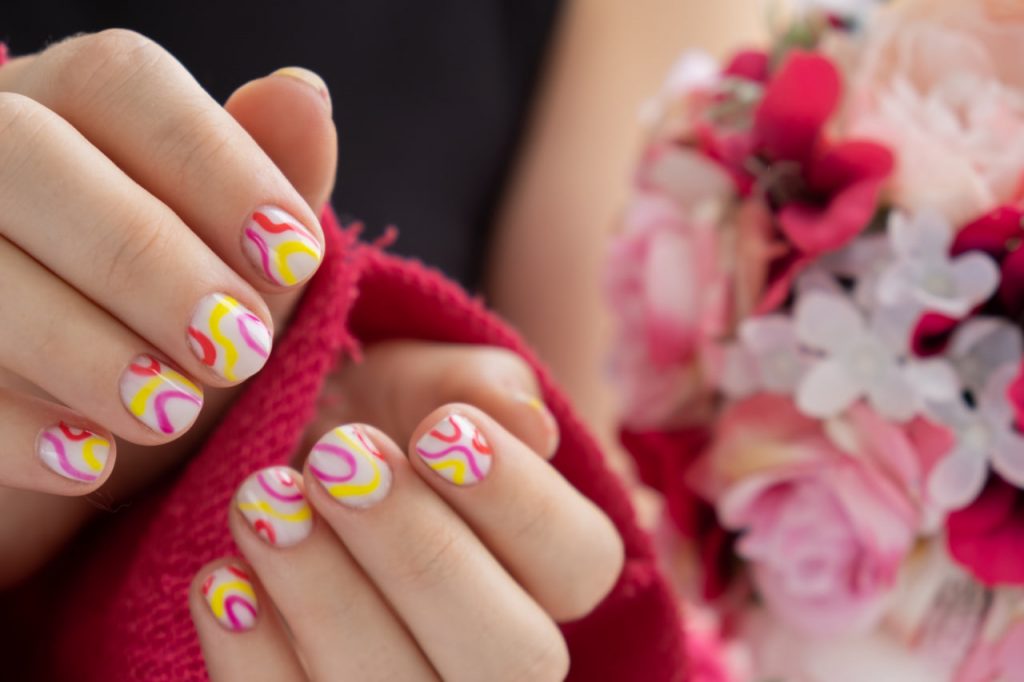Manicure Myths Busted: What Every Client and Artist Should Know
Manicures are a beloved beauty ritual for many, but the world of nail care is filled with myths and misconceptions that can confuse both clients and nail artists. Separating fact from fiction is essential for maintaining healthy nails and providing excellent service. In this blog, we’ll debunk common manicure myths and provide accurate information that benefits everyone involved.
Myth 1: Gel Nails Ruin Your Natural Nails
One of the most widespread beliefs is that gel nails cause permanent damage to natural nails. While it’s true that improper application or removal of gel polish can harm nails, gel nails themselves are not inherently damaging.
Gel polish, when applied correctly by trained professionals, creates a protective layer that can actually strengthen weak nails temporarily. The key is safe removal using proper soaking techniques without force or scraping.
For nail artists, it’s vital to educate clients on aftercare and safe removal to prevent damage and maintain nail health.
Myth 2: Cutting Cuticles is Safe and Necessary
Many clients believe that cutting their cuticles during a manicure is essential for neat nails. However, cutting cuticles can cause infections, inflammation, and even permanent damage to the nail matrix.
The cuticle acts as a natural barrier protecting the nail bed from bacteria and fungi. Instead of cutting, professionals should gently push back the cuticles and remove only the dead skin. Clients should avoid cutting their own cuticles at home to prevent injury.
Myth 3: Acrylic Nails Are Toxic and Harmful
Acrylic nails often get a bad reputation for being toxic or dangerous. While some acrylic products contain chemicals that require careful handling, they are generally safe when used by trained technicians in well-ventilated spaces.
The potential harm comes from improper application, untrained handling, or neglecting nail health. Acrylic nails can provide durability and style options when applied with hygiene and care.
Clients should ensure they visit reputable salons and nail artists who follow health standards and use quality products.
Myth 4: Nail Polish Should Be Removed Only with Acetone
While acetone is a popular and effective nail polish remover, it is not the only option, nor is it always the best for nail health. Acetone is a strong solvent that can dry out nails and skin if overused.
Non-acetone removers are gentler but work best on regular polish rather than gels or acrylics. Nail artists should advise clients on balanced use, moisturizing nails and cuticles after removal.
Using proper techniques to limit exposure to acetone and frequent moisturizing helps maintain strong, healthy nails.
Myth 5: Frequent Manicures Make Nails Weaker
Some believe that getting manicures too often will weaken the nails. In reality, regular manicures, when done professionally, can improve nail health by promoting cleanliness, hydration, and early detection of problems.
However, frequent use of harsh chemicals, rough filing, or aggressive treatments can damage nails. The key is to choose skilled nail artists and give nails time to breathe between heavy treatments like acrylics or gels.
Myth 6: Natural Nails Can’t Be Beautiful Without Polish
A common misconception is that natural nails are unattractive without polish or nail art. Healthy, well-maintained natural nails can look elegant and beautiful on their own.
Regular moisturizing, proper filing, and cuticle care keep nails looking their best. Many clients now prefer “nude” or minimalist manicures that highlight natural nail beauty rather than covering them with heavy polish.
Nail artists can encourage clients to embrace their natural nails and provide care tips for maintaining nail health.
Myth 7: You Should Avoid Water After a Manicure
Some believe that water exposure immediately after a manicure ruins the polish or damages nails. While prolonged soaking can soften nails and cause polish to chip sooner, normal water contact like washing hands is generally safe.
Clients should avoid long baths or harsh chemicals right after a manicure but can safely carry on with everyday activities.
Nail artists should advise clients on aftercare routines that protect their manicures and natural nails.

